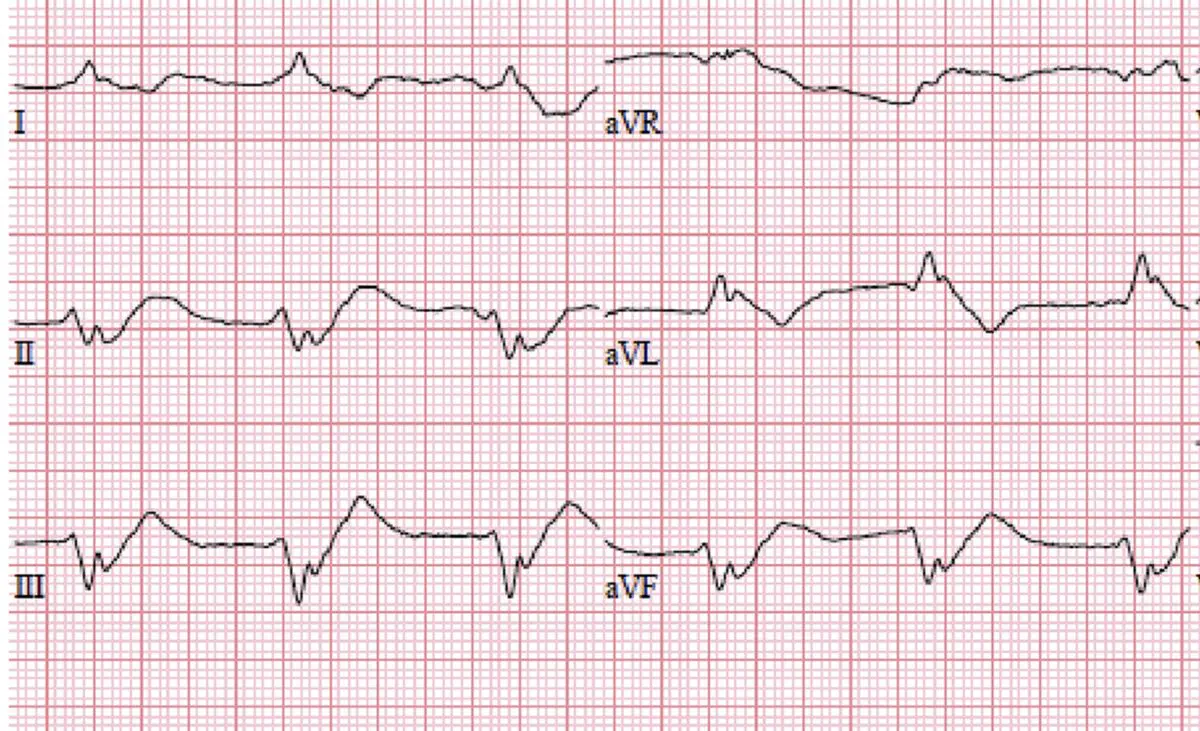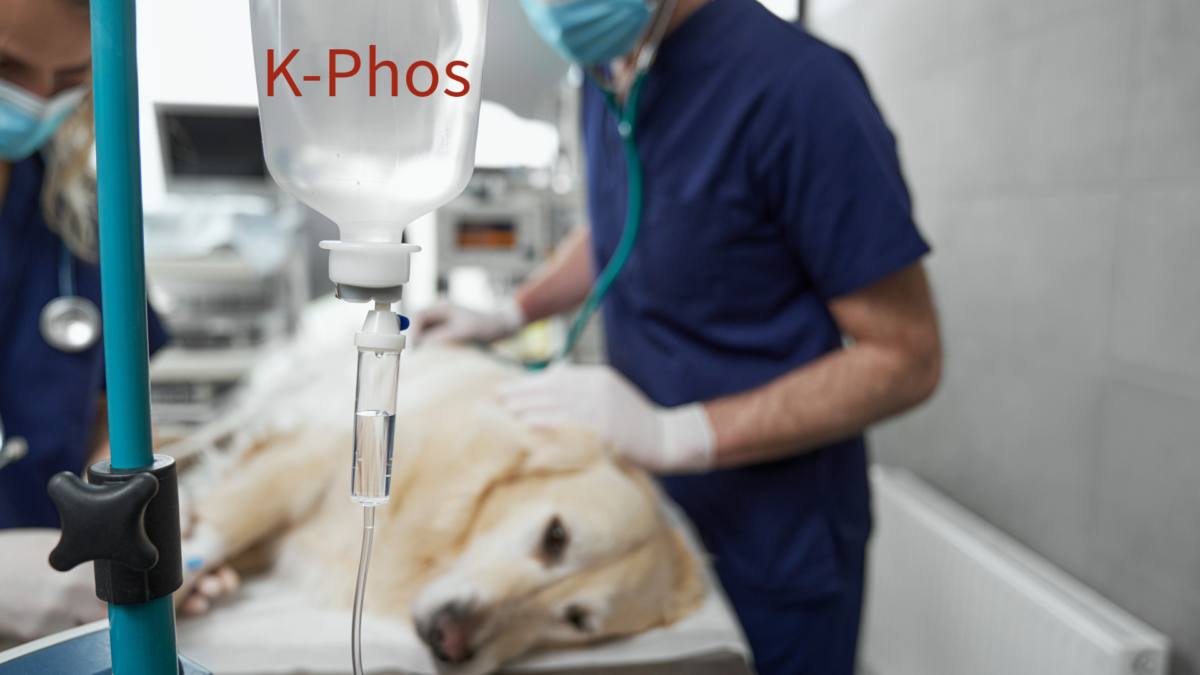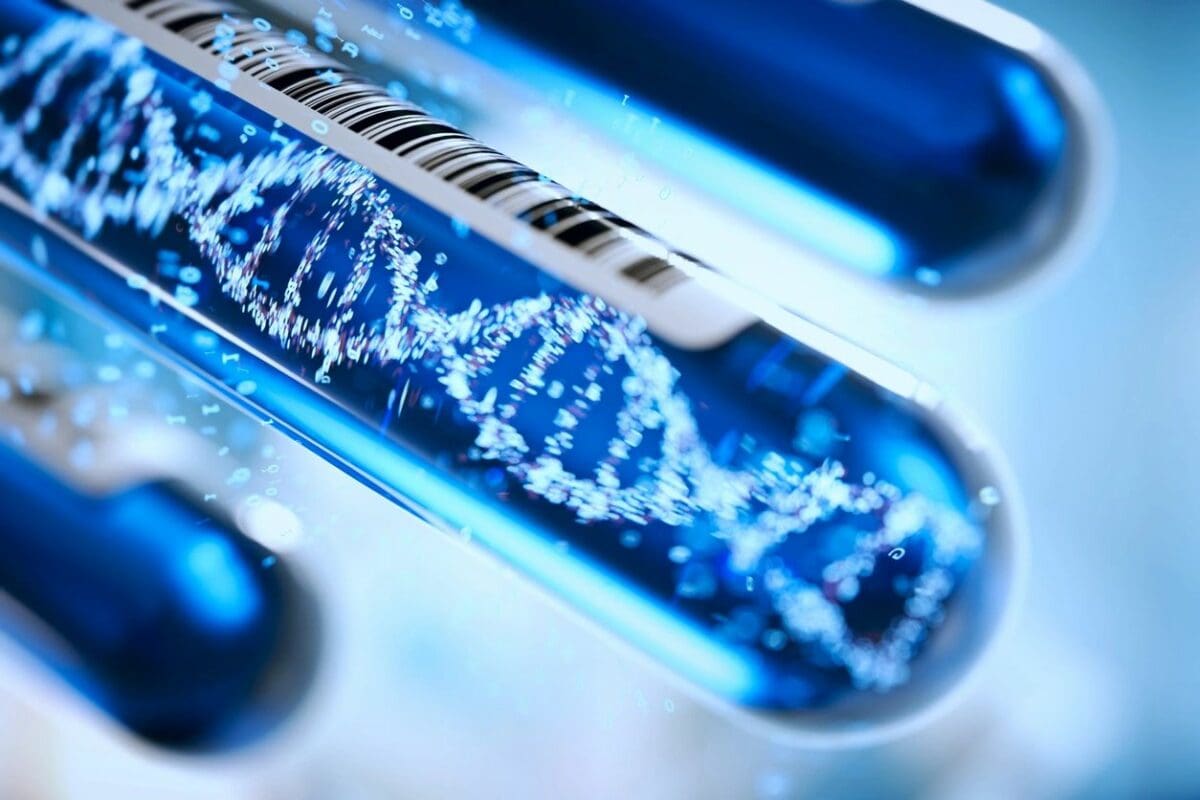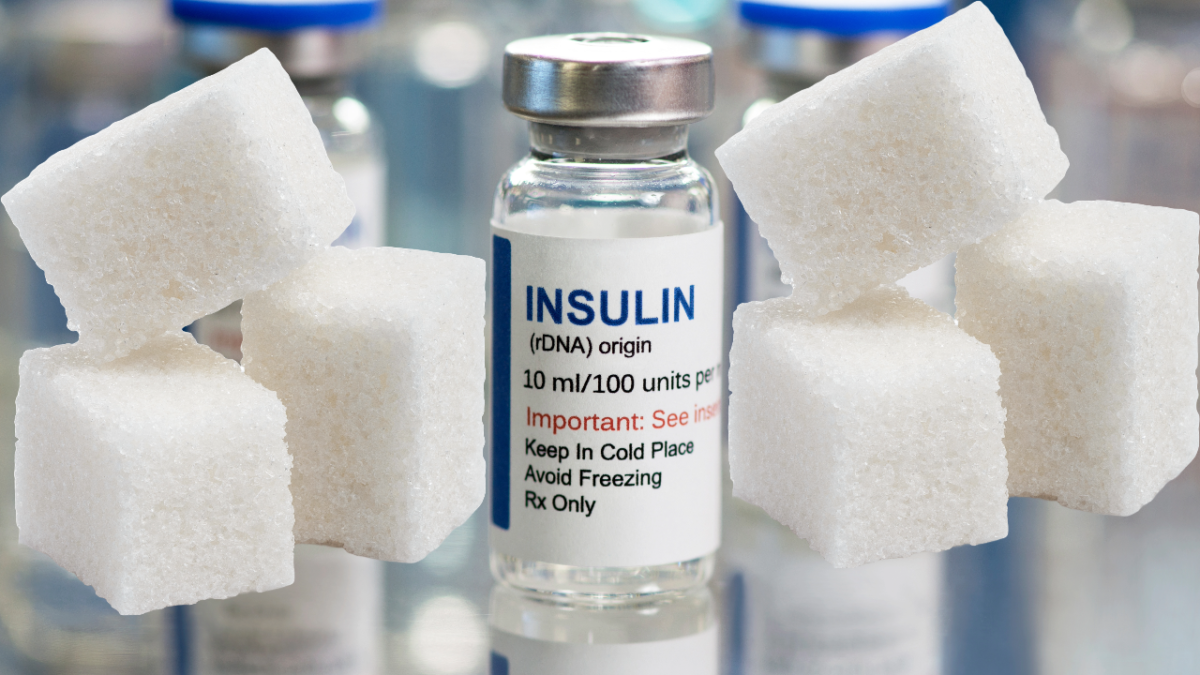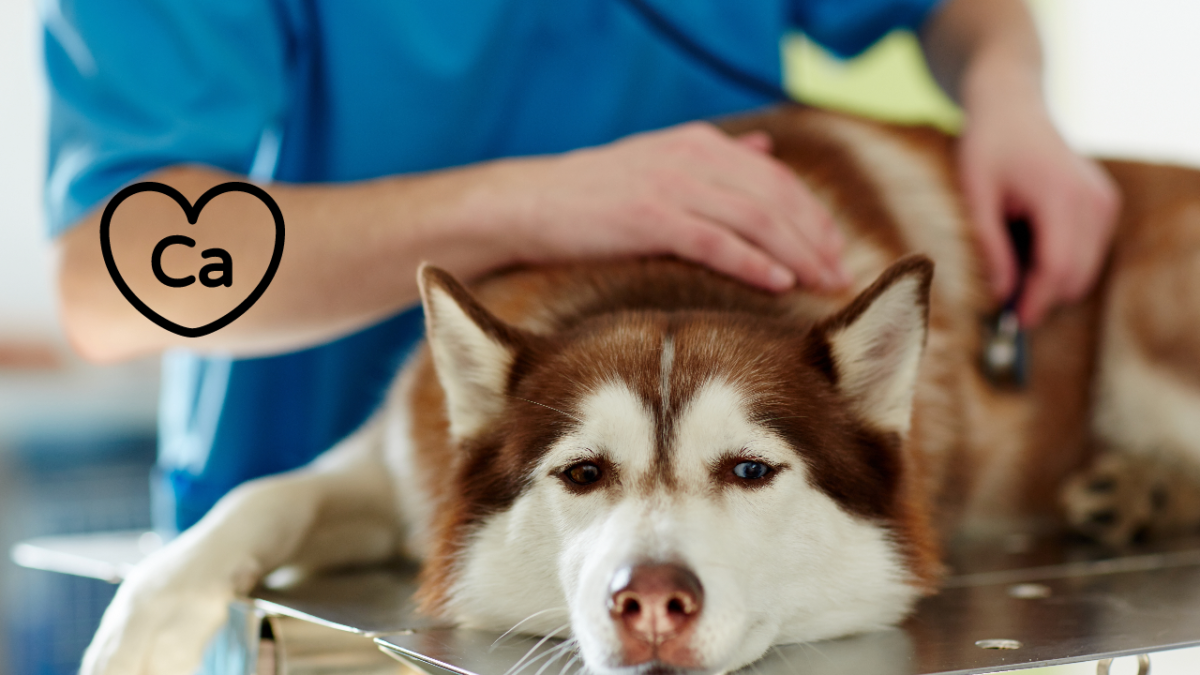Hyperkalemia has been reported as a complication of general anesthesia in systemically healthy animals with normal renal function. Several case reports and case series are summarized in Table 1. Upon reviewing the literature, several distinct patterns and interesting observations are worth discussing. Some of these observations may be relevant to veterinary practitioners and technicians dealing with anesthetized animals or managing their post-anesthetic recovery.
Continue reading “Hyperkalemia Associated with General Anesthesia in Dogs and Cats”Tag: Electrolytes
Intravenous phosphate supplementation in dogs and cats
In animals and humans, phosphorus plays a crucial role in the synthesis of several compounds that are vital for maintaining cellular membrane integrity, energy stores, metabolic processes, and biochemical messenger systems. These compounds include ATP, guanosine triphosphate, cyclic adenosine monophosphate, and phosphocreatine (Yanagawa et al. 1994; DiBartola et al. 2012). Phosphate is a molecular anion that contains phosphorus. Approximately 80-85% of phosphate resides in the bone and teeth as inorganic hydroxyapatite, 14-15% in soft tissues, and less than 1% in the extracellular space (Yanagawa et al. 1994; DiBartola et al. 2012). The body and plasma contain both organic and inorganic phosphates, though blood chemistry analyzers measure only inorganic phosphates.
Continue reading “Intravenous phosphate supplementation in dogs and cats”LRS vs Citrate: Friend or Foe?
Imagine having a patient who needs simultaneous administration of a citrated blood product and Lactated Ringer’s solution (LRS), but there is only one available peripheral catheter.
Can you administer citrated donor blood or plasma and LRS at the same time?
Conventionally, this practice is discouraged because LRS is a calcium-containing fluid that may be incompatible with citrate due to the risks of calcium chelation and clot formation. Once LRS exceeds the chelating capabilities of the citrate in the stored blood that may result in clot formation, which makes perfect sense. However, as we all know, theory and practice are not the same in clinical medicine. Therefore, let’s explore the evidence to answer this very practical question.
Continue reading “LRS vs Citrate: Friend or Foe?”Dextrose:insulin ratio when treating hyperkalemia
Hyperkalemia in dogs and cats can be treated with a wide variety of methods in an emergency veterinary setting. These methods may include intravenous isotonic crystalloid fluid therapy, insulin with dextrose, sodium bicarbonate, adrenergic receptor agonists (e.g. albuterol or terbutaline) and, ultimately, treatment of the underlying condition (e.g. relief of the urethral obstruction).
Continue reading “Dextrose:insulin ratio when treating hyperkalemia”Hypercalcemia in dogs with Addison’s disease
Hypoadrenocorticism (i.e., Addison’s disease) is an important differential for hypercalcemia. The etiology of hypercalcemia in hypoadrenocorticism in dogs is unclear. Hall et. al (JVIM 2023) wanted to find out the prevalence and factors associated with hypercalcemia in this population of dogs by performing a multicenter retrospective observational study at the 4 UK referral hospitals. They analyzed data from 110 dogs and found that about 34.5% of the dogs with Addison’s had either total and/or ionized hypercalcemia. The odds of hypercalcemia were increased (P < .05) in dogs with classic Addison’s (deficient in both mineralo- and glucocorticoids), higher serum creatinine, and higher serum albumin. The odds of ionized hypercalcemia were increased (P < .05) with reduced serum potassium concentration and younger age.
Continue reading “Hypercalcemia in dogs with Addison’s disease”
